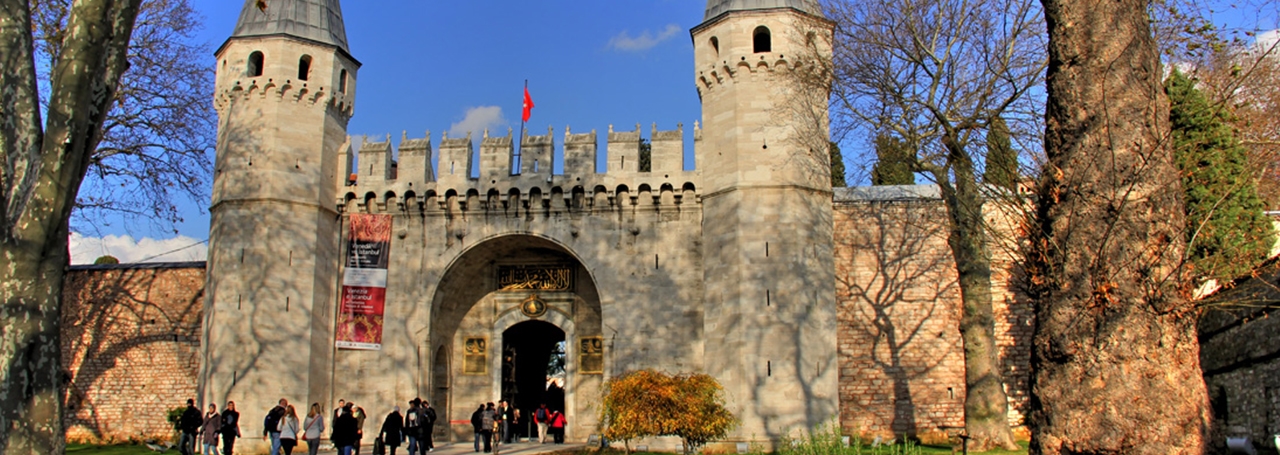
Topkapı Palace, built between 1460-1478 by Sultan Mehmet the Conqueror and grew over time with the additions, was used as the state's administrative center and the residence of the monarchs during the 400 years of 600-year Ottoman Empire. Palace of the sultans, state administration buildings, a variety of gardens and courtyards and buildings for officials are located at the palace.
In the mid-19th century, even after the people of the palace moved to other palaces, the state archive, royal treasury and sacred relics continued to be maintained in Topkapı Palace, therefore the palace has never lost its importance.
Topkapı Palace was turned into a museum, which was opened to the public by Mustafa Kemal Atatürk on 3 April 1924 after the abolition of the sultanate in 1922.
Since 1993, EEC has established and continued to build fire alarm, CCTV and burglar alarm security systems during the restoration works carried out step by step in Topkapı Palace Museum under the Ministry of Culture and Tourism.
Having regard to different system requirements in different places, EEC also gave application-oriented project and engineering services.
EEC continues its dedicated and meticulous work for the protection of cultural heritage in the Archeology Museum, Yıldız Palace and Kariye Museum.
The majority of buildings in the palace whose fire detection systems were completed are protected by VESDA very early smoke detection apparatus. In the rest of the system, GE Edwards Signature Series electronically addressable point type smoke detectors with distributed intelligence were used. Fire alarm buttons and audio/visual warning devices which are parts of the fire alarm system were selected from the same series.
VESDA devices which were used also in the Favorites Room have carry out very sensitive detection in all the floor and attic. Piping of these devices has been installed under the slabs. Embroideries in the ceiling tile were not damaged because detection is made by thin transparent tubes which are connected to the piping.
The extinguishing control panels which are located in the Fabric Store, Library and Archive section in which gas extinguishing system was used are integrated to the fire alarm system by transferring alarm and fault information.
The fire alarm control panel in the security center is monitored 24/7.
The security equipment (PIR detectors,glass-break detectors and magnetic contacts) in New Library, Circumcision room and Divite Room is integrated with the fire alarm system by using Synergy, the GE Edwards fire-safety platform. The keypads that are located in the entrances within the palace that communicate with the fire alarm-security panel are used to start and deactivate the system. The same procedures can be carried out by using the keypads in the security center.
The images from internal and external security cameras which are located at points that may have security flaws and should be watched are monitored at the security center and recorded digitally in recording devices.
In the Matbah-ı Amire Building which is located in the 1st Courtyard and include the Administration Department of Surveying and Monuments were applied GE Edwards Synergy concept. Camera image monitoring and recording, fire alarm-safety system controlling and interference are done from its own security center independent of the Topkapı Palace Museum.